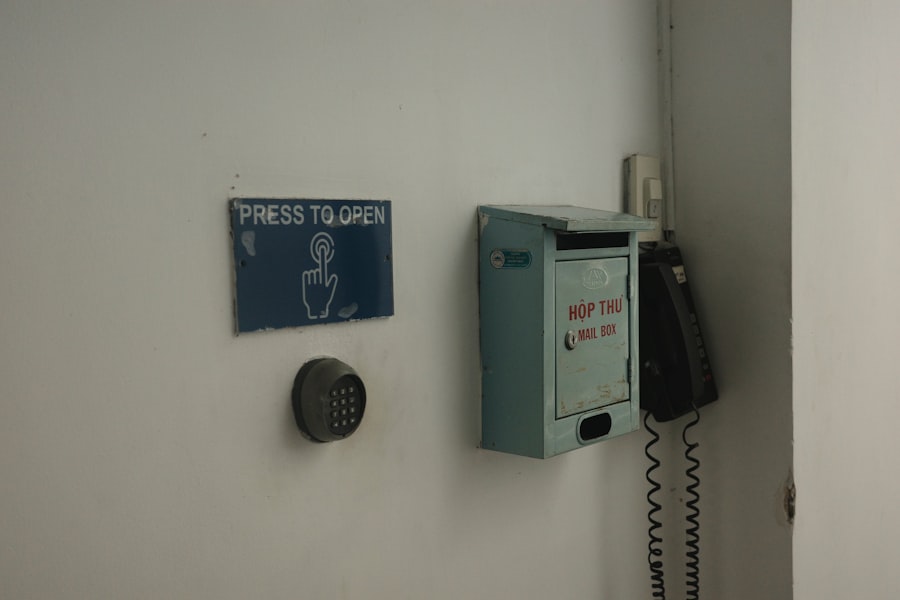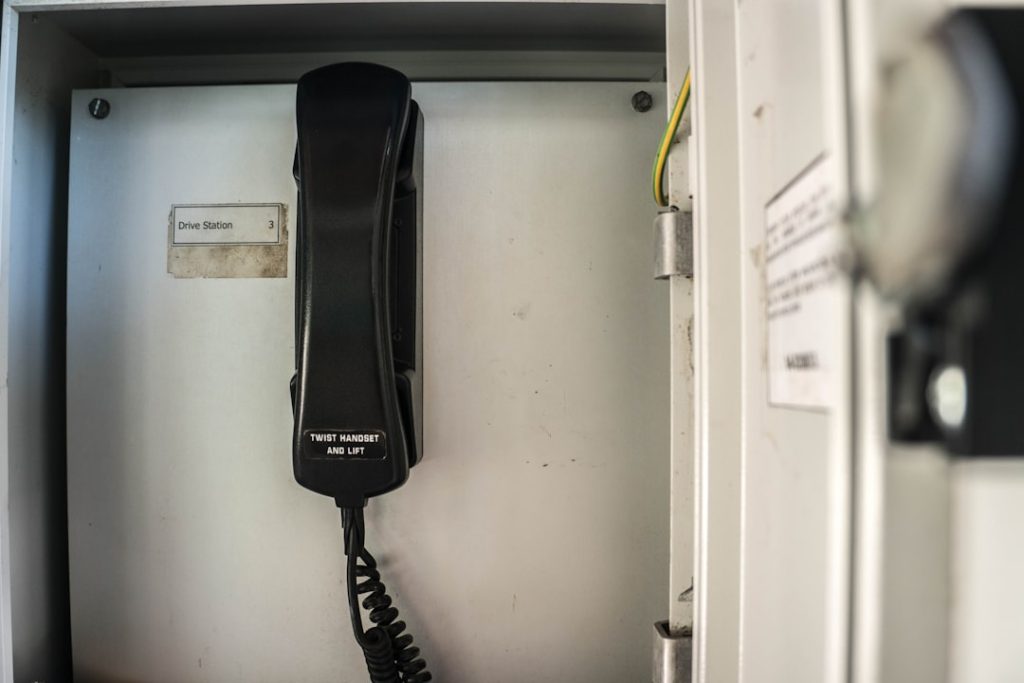Outbound call centers are specialized facilities where agents make calls to customers or potential clients, primarily for sales, marketing, or customer service purposes. Unlike inbound call centers, which handle incoming calls from customers seeking assistance or information, outbound centers proactively reach out to individuals. This proactive approach can be instrumental in generating leads, conducting surveys, or following up on previous interactions.
The effectiveness of an outbound call center hinges on various factors, including the quality of the agents, the technology employed, and the strategies implemented. The operational dynamics of an outbound call center can vary significantly based on its objectives. For instance, a center focused on telemarketing may prioritize high-volume calling and aggressive sales tactics, while one dedicated to customer feedback might emphasize building rapport and gathering insights.
Understanding these nuances is crucial for designing effective processes and training programs. Additionally, the nature of the industry plays a vital role; for example, a financial services call center may require a different approach compared to a healthcare-related center due to varying regulatory requirements and customer expectations.
Key Takeaways
- Outbound call centers focus on making calls to potential or existing customers for sales, marketing, or customer service purposes.
- Effective call scripts are essential for guiding agents through conversations and ensuring consistency in messaging.
- Predictive dialing technology helps call centers maximize agent productivity by automatically dialing multiple numbers and connecting answered calls to available agents.
- Training and developing call center agents is crucial for improving customer interactions and overall performance.
- Analyzing call center metrics such as call abandonment rate, average handling time, and first call resolution can help identify areas for improvement and optimize operations.
Implementing Effective Call Scripts
Call scripts serve as the backbone of communication in outbound call centers, providing agents with a structured framework to guide their conversations. A well-crafted script not only ensures consistency in messaging but also helps agents navigate complex interactions with ease. Effective scripts should be adaptable, allowing agents to personalize their approach based on the customer’s responses.
This adaptability is essential in building rapport and fostering a connection with the caller. Moreover, successful call scripts incorporate key elements such as open-ended questions, active listening prompts, and persuasive language. For instance, instead of asking a simple yes or no question, an agent might say, “What challenges are you currently facing in your business?” This approach encourages dialogue and provides valuable insights into the customer’s needs.
Additionally, incorporating pauses for agents to listen actively can enhance the quality of the interaction. Regularly reviewing and updating scripts based on feedback and performance metrics is also crucial to ensure they remain relevant and effective.
Utilizing Predictive Dialing Technology

Predictive dialing technology has revolutionized the way outbound call centers operate by automating the dialing process and optimizing agent productivity. This technology uses algorithms to predict when an agent will be available to take a call, dialing multiple numbers simultaneously to maximize efficiency. As a result, agents spend less time waiting for calls to connect and more time engaging with customers.
This increased efficiency can lead to higher conversion rates and improved overall performance. However, implementing predictive dialing requires careful consideration of various factors. For instance, call centers must ensure compliance with regulations such as the Telephone Consumer Protection Act (TCPA) in the United States, which restricts certain types of automated calls.
Additionally, it is essential to maintain a balance between automation and personalization; while predictive dialing can enhance efficiency, it should not compromise the quality of customer interactions. Call centers must also invest in robust training programs to equip agents with the skills needed to handle calls effectively once they are connected.
Training and Developing Call Center Agents
| Metrics | Definition |
|---|---|
| Agent Training Hours | The total number of hours spent on training call center agents |
| Training Completion Rate | The percentage of call center agents who successfully complete their training program |
| Quality Assurance Scores | The scores assigned to call center agents based on their performance in handling customer calls |
| Agent Turnover Rate | The percentage of call center agents who leave the organization within a certain period of time |
| Customer Satisfaction Ratings | The ratings provided by customers regarding their satisfaction with the service provided by call center agents |
The success of an outbound call center largely depends on the proficiency of its agents. Comprehensive training programs are essential for equipping agents with the necessary skills and knowledge to excel in their roles. Training should encompass various aspects, including product knowledge, communication techniques, objection handling, and customer relationship management.
Role-playing exercises can be particularly effective in simulating real-life scenarios and helping agents develop their confidence and adaptability. Ongoing development is equally important; call center environments are dynamic, with changing customer expectations and evolving technologies. Regular coaching sessions can help agents refine their skills and stay updated on best practices.
Additionally, fostering a culture of continuous learning encourages agents to seek feedback and improve their performance proactively. Recognizing and rewarding high-performing agents can also boost morale and motivate others to strive for excellence.
Analyzing and Improving Call Center Metrics
Metrics play a crucial role in evaluating the performance of outbound call centers. Key performance indicators (KPIs) such as call volume, conversion rates, average handling time, and customer satisfaction scores provide valuable insights into operational efficiency and effectiveness. Analyzing these metrics allows managers to identify trends, pinpoint areas for improvement, and make data-driven decisions.
For instance, if a call center notices a decline in conversion rates, it may indicate that agents are struggling with objection handling or that the target audience is not well-defined. By conducting root cause analysis and implementing targeted training or strategy adjustments, managers can address these issues effectively. Furthermore, leveraging advanced analytics tools can enhance the depth of insights gained from metrics analysis.
Predictive analytics can help forecast future trends based on historical data, enabling proactive adjustments to strategies and processes.
Integrating Customer Relationship Management (CRM) Systems

Integrating Customer Relationship Management (CRM) systems into outbound call center operations can significantly enhance efficiency and effectiveness. A CRM system centralizes customer data, providing agents with easy access to relevant information during calls. This access allows agents to personalize their interactions based on previous interactions, preferences, and purchase history, ultimately leading to improved customer experiences.
Moreover, CRM systems facilitate better tracking of customer interactions across various channels. For example, if a customer has previously engaged with the company via email or social media, agents can reference those interactions during phone calls. This holistic view of customer relationships enables more informed conversations and fosters trust between the agent and the customer.
Additionally, CRM systems often come equipped with reporting tools that allow managers to analyze performance metrics related to customer interactions, further enhancing decision-making processes.
Leveraging Automation and Artificial Intelligence
The integration of automation and artificial intelligence (AI) into outbound call centers is transforming traditional practices by streamlining operations and enhancing customer engagement. AI-powered chatbots can handle routine inquiries or initial outreach efforts, freeing up human agents to focus on more complex interactions that require empathy and nuanced communication skills. This division of labor not only improves efficiency but also enhances the overall customer experience by ensuring that customers receive timely responses.
Furthermore, AI can analyze vast amounts of data to identify patterns in customer behavior and preferences. This analysis can inform targeted marketing strategies and help agents tailor their pitches more effectively. For instance, machine learning algorithms can predict which customers are most likely to respond positively to specific offers based on historical data.
By leveraging these insights, outbound call centers can optimize their outreach efforts and increase conversion rates significantly.
Ensuring Compliance with Regulatory Guidelines
Compliance with regulatory guidelines is paramount for outbound call centers operating in various industries. Regulations such as the Telephone Consumer Protection Act (TCPA) in the United States impose strict rules regarding automated calls, requiring organizations to obtain prior consent from consumers before making such calls. Failure to comply with these regulations can result in hefty fines and damage to a company’s reputation.
To ensure compliance, outbound call centers must implement robust policies and procedures that govern their calling practices. This includes maintaining accurate records of consent obtained from customers and regularly reviewing calling lists to remove numbers that have opted out of receiving communications. Additionally, training programs should emphasize the importance of compliance among agents, ensuring they understand the legal implications of their actions during calls.
Regular audits and assessments can further reinforce adherence to regulatory guidelines while fostering a culture of accountability within the organization. In conclusion, outbound call centers play a vital role in driving business growth through proactive customer engagement strategies. By understanding their operational dynamics, implementing effective call scripts, utilizing advanced technologies like predictive dialing and AI, training agents comprehensively, analyzing performance metrics diligently, integrating CRM systems efficiently, leveraging automation wisely, and ensuring compliance rigorously, organizations can optimize their outbound calling efforts for maximum impact.



